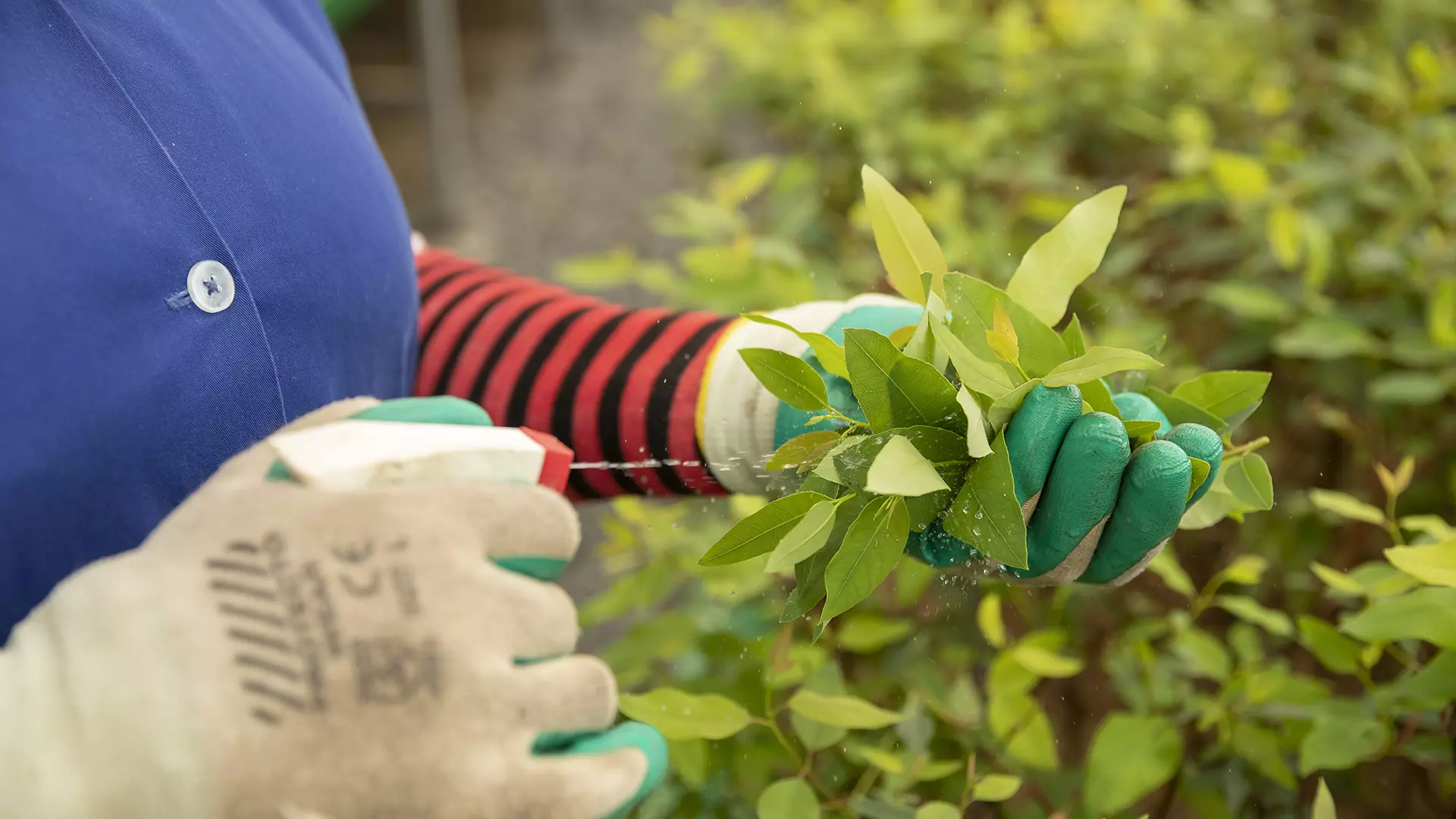EARTH DAY 2022 – A climate case for wood, pulp and paper
It’s fair to assume that most people, when considering ways to fight climate change, don’t immediately think of forestry. But there is a unique climate case for sustainable wood – it is the only material that can naturally and significantly decarbonise our planet by driving down demand for illegally harvested wood, and provide functional alternatives to non-renewable materials that have significantly higher environmental footprints.
“Debunking the notions that industrial forestry is a destructive force isn’t easy, but the global forestry and forest products sector continues to tackle these misconceptions,” says Jane Molony, executive director of the Paper Manufacturers Association of South Africa (PAMSA). “We stand firm in the fact that a holistic, sustainable and circular forest bioeconomy is essential to fighting climate change.”
To understand why paper and wood products are vital to a lower carbon footprint, we can borrow from Nobel Prize-winning physicist Richard Feynman’s assertion that trees don’t grow from the ground, they grow from the air. The Food and Agriculture Organisation’s (FAO) Forest Resource Assessment 2015 states that world forests were sequestering close to 300 Gigatonnes of carbon.
Commercial forestry achieves this both through growing trees, which absorb carbon dioxide, but also by harvesting them at the right time, with carbon being stored in harvested wood products.
“Harvesting makes space for younger trees that take up more carbon dioxide than their older counterparts,” says Molony, adding that the climate benefit is thus evident in two places. “Through a stable and increasing carbon storage in the forest itself, and in the forest products.”
Molony notes, “Many vilify the forestry sector without understanding its renewability and circularity, and fail to recognise its ability to store carbon and crucially, how it helps to cut back on fossils.” That said, feforestation, however, must be reduced in the context of indigenous or tropical forests, and illegal wood trade.
Climate change is not caused by people in developing countries felling trees. Instead, it’s caused by high- and middle-income countries burning fossils. We need to focus on displacing these fossil emissions by using wood’s inherent power as the ultimate renewable.
“We do this, first, by increasing uptake of wood products in traditional markets. Organisations like FAO recognise wood as a viable substitute for carbon-intensive materials such as steel and concrete in construction, and plastic and textiles in everyday applications. It is also present in everyday life in the form of paper, tissue, packaging and cellulose products,” comments Molony.
“Second, we need to explore the potential of wood fibre and process waste in new applications, such as the use of lignin for batteries for electronics, or extracting sugars and hemicellulose for bio-based chemicals.
“Third, we need to ensure we have enough trees to supply the increased demand for wood-based products.”
South African ecosystems are not tree dominated. “We only have half a million hectares of indigenous forests, which are fragmented and occur along the south and eastern coastal inland mountains. Importantly, they are protected.”
South Africa plants fast-growing exotic tree species to produce timber, and currently have 1.2 million hectares of these industrial plantations. Also, 25% of forestry owned land is not planted with trees, but home to wetlands, grasslands, indigenous forests and area of high conservation value.
Tree breeding and sustainable intensification (planting more productive trees on less land) are actively being practised in South Africa. The breeding, selecting and testing of new hybrid varieties is aimed at increasing pulp yield per hectare across diverse climatic regions. Trees are also bred for superior wood properties and resistance to biotic and abiotic threats including frost, drought, pests and diseases.
“As a sector, we can demonstrate that having commercial plantations has prevented the increased use, destruction, and degradation of natural forests. This speaks to the heart of the way South African forests are managed – sustainably and responsibly,” suggests Molony.
It also speaks to the fact that the sector doesn’t harvest swathes of trees, leaving the land desolate for years. Forestry companies have nurseries growing more trees, that will take the place of those gone before, most often at a ratio of 2:1. Even harvesting residues are left behind to enhance soil fertility and protection.
Finally, harvesting wood makes the circular bio-economy possible. “If we don’t have sustainably grown and sourced wood, we can’t replace fossil-based products and do all of the things that climate adaptation demands.”




